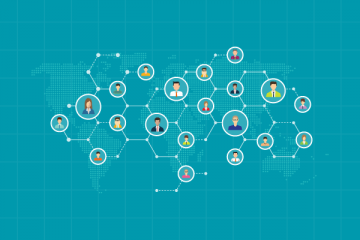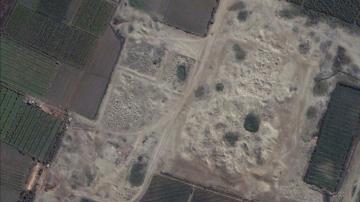Businesses and nonprofits are finding novel ways to employ artificial intelligence in the developing world, using the tools to improve agriculture yields, infant healthcare and entrepreneur earnings, according to speakers at MIT Technology Review’s EmTech Digital conference in San Francisco on Tuesday.
Solomon Assefa, who oversees IBM’s research labs in Kenya and South Africa, said the company has been using AI to more accurately predict crop yields in specific regions, based on shifting weather patterns, soil moisture and other conditions.
This insight into growing conditions has helped local farmers raise financing to expand their operations, or make better decisions about the right seeds, appropriate fertilizer, and ideal times to plant and harvest.
Separately, the tech giant’s research lab has partnered with a startup, Hello Tractor, that links farmers in need of tractors with owners looking to lease equipment. By forecasting demand for the vehicles, IBM has also helped owners raise money to expand their fleet, and boost their profits, Assefa said.
In a subsequent session at EmTech, Rahul Panicker, chief innovation officer of the Wadhwani Institute for Artificial Intelligence, underscored another way that AI is helping farmers.
By doing image analysis of pest traps at India’s cotton farms, the nonprofit group has helped identify the types and amounts of bugs infesting fields. In turn, they’ve guided farmers on the appropriate pesticides to apply, as well as when and in what quantities, Panicker said.
The nation’s cotton fields have been decimated by pink bollworms in recent years, cutting yields, raising costs or forcing farmers to shift to different crops. These and other trying agricultural conditions been implicated in a spate of farmer suicides in recent years.
Panicker also described how frontline health workers are using AI to estimate the weight of newborns in India, in an effort to intercede in the case of low-birth weights. Millions of such babies die during their first year, while many more face lifelong health complications, Panicker said.
After the workers use their mobile phones to take short video clips of the infants, Wadhwani AI’s software tools can build 3D models of the babies, and estimate their weight, length and head circumference.
If babies are moderately underweight, the workers may advise mothers to feed the children more frequently and make extra efforts to keep them warm. If the infants are severely underweight, they will advise the parents to bring them to the hospital right away.





























































